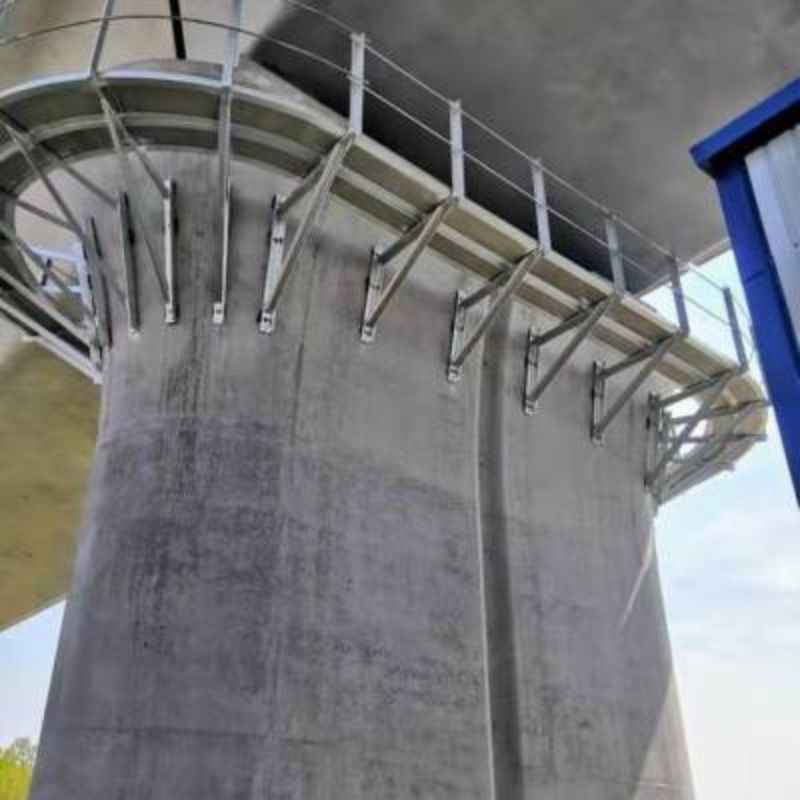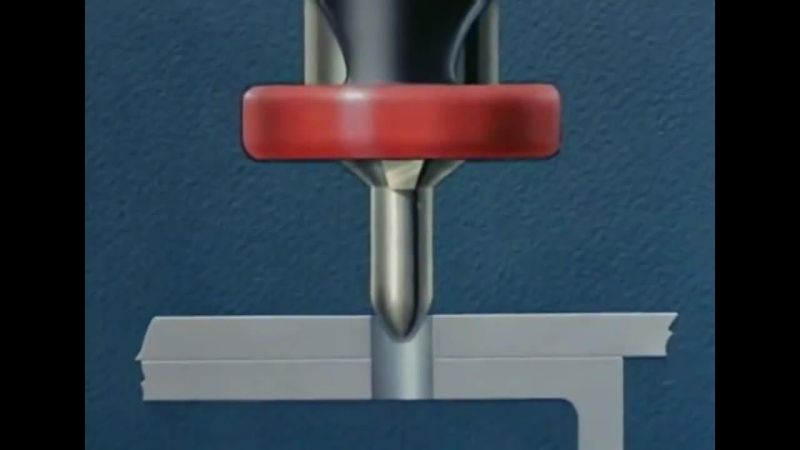Riveting is widely used in construction, boiler manufacturing, railway bridges, and metal structures.
The main characteristics of riveting are: simple process, reliable connection, vibration resistance, and impact resistance. Compared with welding, its disadvantages are: bulky structure, weakened riveting holes, 15% to 20% of the cross-sectional strength of the connected parts, high labor intensity, high noise, and low production efficiency. Therefore, riveting is not as economical and tight as welding.
Compared to bolted connections, riveting is more economical and lightweight, making it suitable for automated installation. But riveting is not suitable for materials that are too thick, and thicker materials make riveting more difficult. Generally, riveting is not suitable for withstanding tension because its tensile strength is much lower than its shear strength.
Due to the development of welding and high-strength bolt connections, the application of riveting has gradually decreased. It is only used in metal structures that withstand severe impact or vibration loads, or in situations where welding technology is limited, such as crane frames, railway bridges, shipbuilding, heavy machinery, etc., but riveting is still the main method in aviation and aerospace aircraft.
In addition, rivet connections are sometimes used in the connection of non-metallic components (such as the connection between the friction plate in the brake shoe and the brake shoe or brake belt)
Post time: Nov-13-2023



